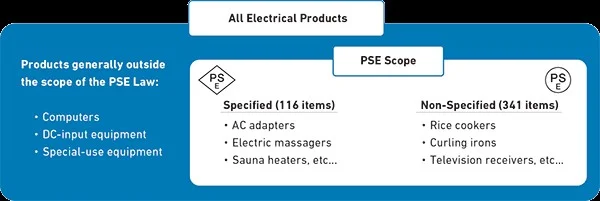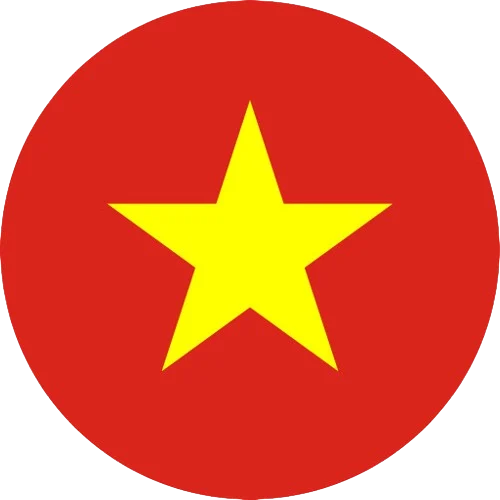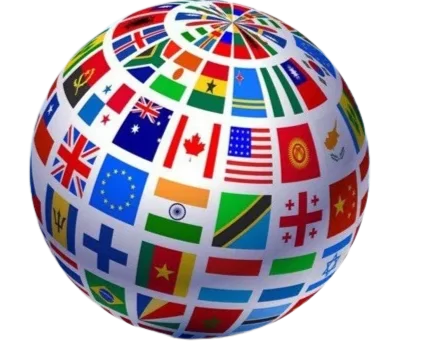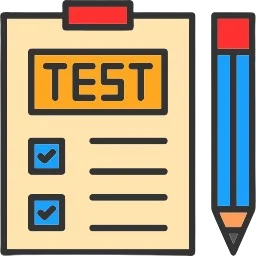Japanese Approval Overview
Interlink Vietnam can provide one-stop-shop services for testing and certification to help you can access to Japan market
1. The PSE Law (DENAN Law / Electrical Appliance and Material Safety Act)- Mandatory Safety & EMC Approval
The PSE Law and its regulations specify mandatory electrical safety and EMI requirements for electrical products sold in Japan.
457 product categories have been designated pursuant to the PSE Law (as of December 2018).

Under the PSE Law, electrical products are divided into two risk-based categories.
Specified Electrical Products

Products with a history of accidents in the marketplace, or products which are likely to cause injury, are termed “Specified Electrical Products” and require third-party assessment by a METI-Registered Conformity Assessment Body (Registered CAB). Specified Electrical Products must display the diamond PSE mark.
Non-Specified Electrical Products

Low-risk products are termed “Non-Specified Electrical Products” and are subject to a self-declaration scheme. Non-Specified Electrical Products must be marked with the circle PSE mark.
2. S-mark Certification – Voluntary Safety & EMC Approval

Most household electrical products are Non-Specified Electrical Products and are subject to the self-declaration procedure. However, if you would like to show customers that your brand is committed to exceptional product safety, it is possible to obtain a voluntary certification called the S-JQA mark. The S-JQA mark can be displayed next to the circle PSE mark and is recognized by many consumers and retailers in Japan.
3. PSC Law (Consumer Product Safety Act) – Mandatory Safety Approval
Only 10 types of products are subject to mandatory marking under the PSC Law and they are divided into two risk-based categories:
– Special Specified Products Diamond PSC are subject to a third-party conformity assessment scheme.

– Specified Products Circle PSC are subject to a self-declaration scheme.

4. CMJ Registration – Voluntary Component & Material Approval
The CMJ Scheme is utilized much like NRTL-listed components in the US. Using CMJ-registered components and materials does not exempt the end product from PSE approval, but can greatly reduce testing cost and lead time for PSE approval or S-JQA certification.

Insulated wires, switches, capacitors, and other components and materials can be registered under 15 categories in the CMJ Scheme.
5. Japan Radio Law – Mandatory Wireless & EMC Approval
The Japan Radio Law covers all products which utilize the radio spectrum and operate under 3 THz. In some cases, this includes products that are not radio communications devices, such as discharge lamps and induction heating devices. Simply applying the PSE mark to such products may be insufficient for entry into the Japanese market.

Specified Radio Equipment (eg. Bluetooth, WiFi, etc…) and High-Frequency Devices (eg. most ISM devices, including microwaves, arc-welders, ultrasonic devices, etc… ) are subject to mandatory approvals.
6. Pharmaceuticals and Medical Device Law (PMDL) – Mandatory Medical Device Approval
The PMDL categorizes medical devices into 4 classes.
Specified Controlled Medical Devices and Specified Highly-controlled Medical Devices require certification from a Registered Certification Body (RCB) such as JQA.
Only Japanese companies that are Marketing Authorization Holders are eligible to apply.
7. VCCI -Voluntary EMC Approval
EMC of low-power, DC-input products is generally not covered by the PSE Law or Radio Law. To supplement this issue, a voluntary scheme was established in Japan which is operated by the VCCI Council.

Although voluntary, the VCCI mark appears on many IT and multimedia devices in Japan. The scheme itself requires an EMI test report from a registered lab and self-registration/self-marking.
8. Energy Conservation Law – Mandatory Energy Efficiency Labeling and Reporting
As of December 2018, over thirty specified products must meet “top runner standards.” The law applies a self-declaration scheme and manufacturer’s test reports are acceptable for all categories.
Making energy efficiency information available to consumers is required under the law. Voluntarily, a green e-mark may be displayed on products that meet the standard. And an orange e-mark may be displayed on products that do not meet the standard.

When displayed for retail sale, some products such as refrigerators and air conditioners, are required to display a 5-star ratings label.

The Japanese energy efficiency program differs from most other countries. The requirement states that the weighted average efficiency of the products imported/manufactured annually must fall within the “top runner standard” range. This allows for an importer to import some lower efficiency products if they also import enough higher efficiency products to offset the difference within the same year.
9. The Law for Promotion of Effective Utilization of Resources – Mandatory RoHS Marking
As of December 2018, the following 7 specified products are obligated to display an orange label if they don’t meet the limits for 6 hazardous substances specified in the standard JIS C 0950.
• Personal computers
• Unit-type air conditioners
• Television sets
• Refrigerators
• Washing machines
• Clothes dryers
• Microwaves
An orange R-mark must be displayed on products that do not meet the standard.
A green G-mark may be voluntarily displayed on products that meet the standard (J-MOSS mark, owned by JEITA).


RoHS in Japan is a self-declaration scheme, and third-party testing is not required.




